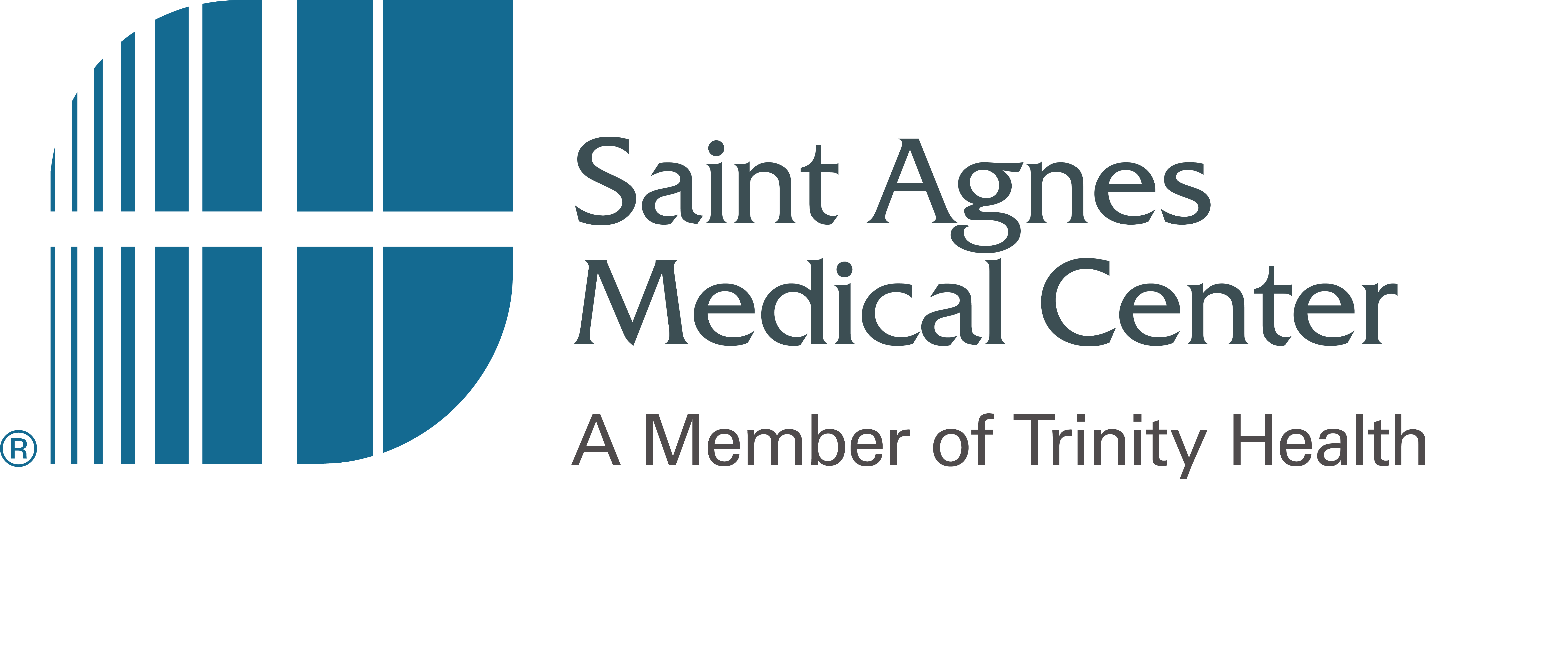Structural Heart and Valve Treatments
We know you have a lot to think about as you consider a heart or valve procedure. Our experienced team is here to help you understand your options, guide you through your treatment and support you during recovery. You can count on us to stay on top of the latest evidence-based treatments so you can have the best possible outcomes.
Treatments include:
Atrial septal defect (ASD) and patent foramen ovale (PFO) closures
A hole in the heart tissue can cause blood to flow back and forth inside the heart, leading to a range of health problems. Your cardiologist can close holes in the heart, called ASDs and PFOs, in a minimally invasive procedure. Your doctor uses a catheter to insert a closure device that seals the hole and restores normal blood flow.
MitraClip
When it comes to blood flow, the goal is to cycle from “point A” (the heart) to “point B” (the body) and back. But what happens if some blood flows backward? In the case of mitral regurgitation, the mitral valve – which operates as a one-way door between the heart and body – does not close properly. This means that rather than exiting, some blood gets pulled back into the heart. Overtime, your heart size expands to compensate for the additional blood volume, and while this may seem like a good thing since a larger heart means better more flow, the heart muscle becomes weaker as it grows. If not treated in time, mitral regurgitation can lead to heart failure. Thanks to MitraClip – an innovate, minimally-invasive heart procedure – treating mitral regurgitation is safer and easier than ever before.
Transcatheter Aortic Valve Replacement (TAVR)
In April 2014, Saint Agnes became the first to bring a new nonsurgical treatment for high-risk adults suffering from aortic stenosis (AS) to the Valley. Called Transcatheter Aortic Valve Replacement (TAVR), this treatment is specifically for AS sufferers who are considered high-risk or too sick to undergo open-chest surgery.
The TAVR procedure enables the placement of a collapsible aortic heart valve into the body via a tube-based delivery system that is inserted through either an incision in the leg (transfemoral) or through a small incision in the chest between the ribs (transapical). The valve is designed to replace a patient's diseased aortic valve without the need to open the chest or stopping the heart.
Valve-in-valve procedures
Over time, a newly replaced valve will no longer work properly, and you’ll need a new one. We offer valve-in-valve TAVR procedures for these situations. A valve-in-valve procedure can help you feel better right away. Recovery time is minimal.
Watchman
What if your heart could be closely watched to prevent stroke-causing clots before they happen? Patients with atrial fibrillation (Afib) now have the best protection thanks to the innovative WATCHMAN device. Just like standard stent placement procedures, the device is inserted via a small incision in the upper leg and guided through the artery into the heart. Once placed, it expands to close off the left atrial appendage, where blood clots tend to form in people with Afib. Close to a quarter in size, the permanent implant device works as the heart’s very own 24/7 guard to keep blood clots from escaping. With the addition of this procedure, and other leading cardiology procedures such as TAVR and the Impella device, Saint Agnes aims to achieve certification from The Joint Commission as a Comprehensive Cardiac Care Center and Center of Excellence for Structural Heart.
